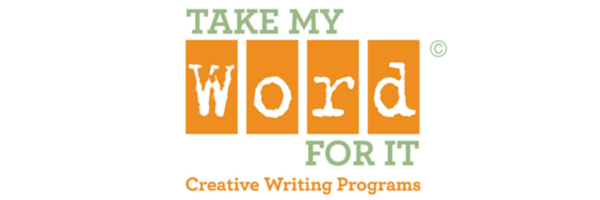As a big proponent of the literary arts, I wholeheartedly believe in the importance of creative writing not only because it engages kids’ imaginations, but because it also boosts brain development. Increasingly, research is demonstrating that the act of writing provides an excellent “workout” for young brains.
Case in point: The National Writing Project interviewed neurologist and teacher-consultant Judy Willis, a woman uniquely qualified to speak about writing and the brain. She’s not only a teacher but has a medical background using such diagnostic tools such as(PET) scans, neuroimaging, and brain mapping. She empirically understands how the brain is wired to learn.
In the interview on the on NWP’s website, titled, Writing and the Brain: Neuroscience Shows the Pathways to Learning, Dr. Willis sings the praises of the writing process as a way to develop higher-process thinking.
“Writing is, by nature, an opportunity for creativity and personal expression. When writing is incorporated in learning and assessment, there is increased opportunity to produce the ideal situation for active, attentive learning because students value creative problem solving or creative production.
(Students are) more likely to apply the effort, collaborate successfully, ask questions, revise work, and review foundational knowledge because they want to know what you have to teach.”

JUDY WILLIS
She enumerates all of the important ways that writing supports the development of higher-process thinking:
-
conceptual thinking
-
transfer of knowledge
-
judgment
-
critical analysis
-
induction
-
deduction
and the list goes on…
In our classes we see firsthand how writing can help kids visualize alternatives, dive into detail and make conceptual leaps, all of which enhance learning. For example, when we teach them about metaphor and simile we start by asking the question, "Is the moon really a pearl hanging in the night sky?"
Even though they shake their heads, "No", we then invite them to consider why a writer would describe the moon that way. Our aim -
to point out that the way we choose and organize the words we write gives our written language a meaning that goes beyond the literal.
As Robert Protherough writes in Encouraging Writing: “There seems to be a natural drive in young children to write: they leave their early scribblings everywhere, on the wall paper,in printed books, on steamed-up windows, on any available scrap of paper, in chalk on pavement and walls…".
Our creative writing program fosters that natural drive to communicate through the written word and, in the process,
leads kids to learn more about everything they see, hear, touch and feel.
Writing, especially creative writing, is a way in. It allows students to go spelunking inside the cave of their own ideas, values and questions about the world and to use their imaginations to explore the unknown. Inevitably, they find all kinds of interesting stuff down there and it's our job to help them bring it to light!
-Sondra

